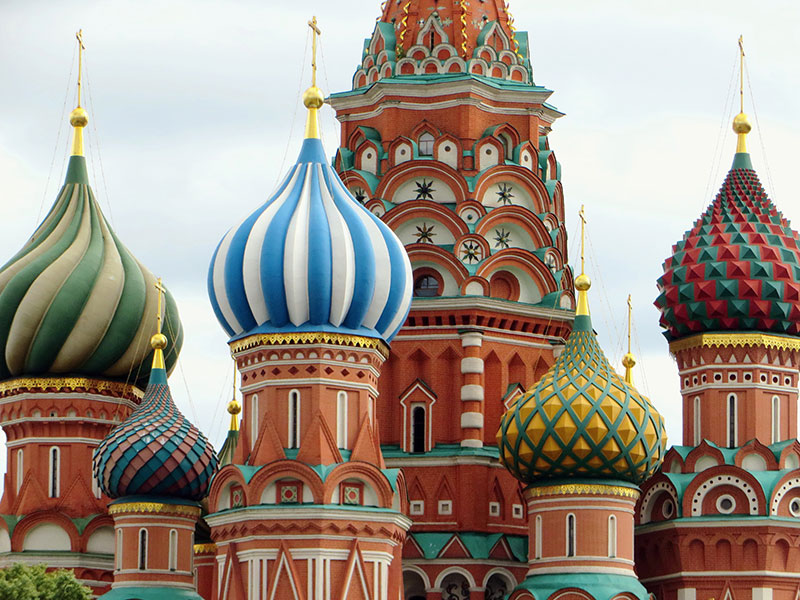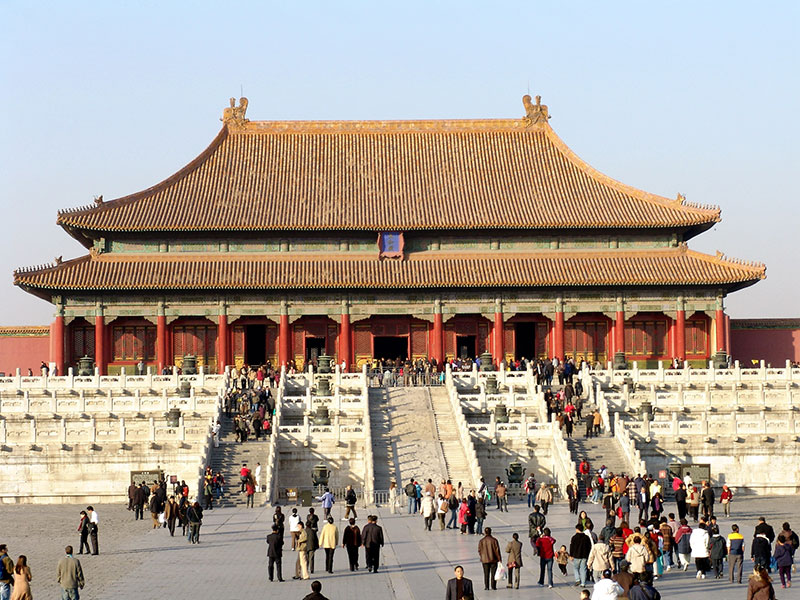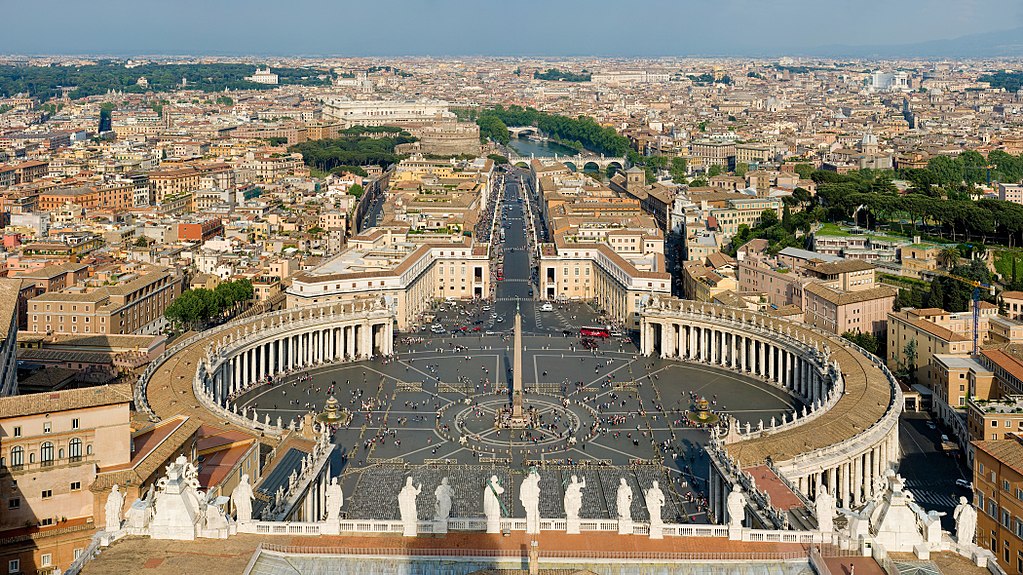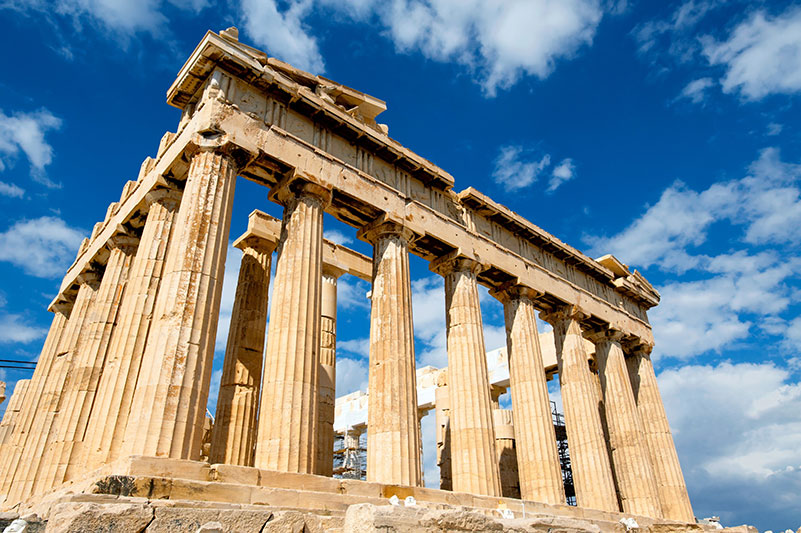Russia: St Basil's Basilica

A prime example of Russian signature architecture is St. Basil’s Cathedral, build from 1555 to 1561 under the rule of Ivan the Terrible. Although it was originally a church, the Soviet Union confiscated it and transformed it into the museum it is today.
China: The Forbidden City
Surrounded by walls that are 26 feet high and a moat that is 2.4 miles long, The Forbidden City covers 178 acres. Visitors can get a sense of the power than emanated from the structures and visualize the lives of those that occupied its more than 9000 rooms.

Italy: Vatican City
To visit the Vatican City is to experience the Golden Years of Papal Rule through paintings, sculpture and architecture. Feel the religious fervor of Michelangelo, Raphael, and Botticelli in the Sistine Chapel and St. Peter’s Basilica.

Greece: The Parthenon
There is a reason architecture has been called the “Mother of all arts.” Its purpose goes far beyond creating housing for our lifestyles. Architecture across cultures, throughout history has been an instrument for progress and change, both reflecting and defining our past and present with enduring grace and beauty.
Need help building your vision? Learn more about our inspiration and planning consulting services.


